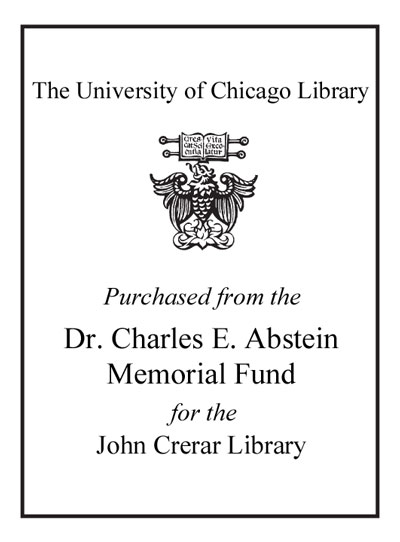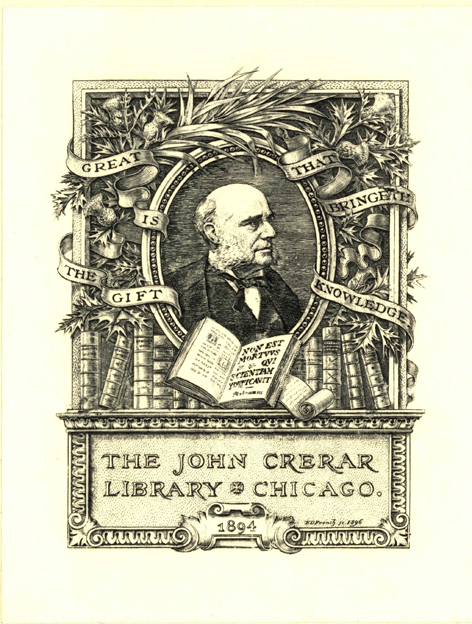Review by Kirkus Book Review
A proponent of New Age science offers a broad-ranging critique of modern science and presents an alternative approach. An opponent of what he deems to be the mechanistic materialism of current science, Institute of Noetic Sciences fellow Sheldrake (The Sense of Being Stared At, 2003, etc.) urges a return to vitalism, "the theory that living organisms are truly alive, and not explicable in terms of physics and chemistry alone." He claims that his discovery of what he calls the "morphic resonance," activity patterns that "resonate across time and space with subsequent patterns," offers "a range of new possibilities for research." Further, this morphic field holds the key to cures for migraine headaches, the prediction of earthquakes and tsunamis and the solution to many still-open questions in science--e.g., the existence of dark matter. According to his theory, morphic fields operate over time and space so that past events shape the present and resonate simultaneously throughout the universe. They embrace chemical events such as the crystallization of sugars and are responsible for telepathic abilities in animals and humans, as well as other paranormal events such as premonitions. Sheldrake suggests that living organisms inherit a "collective memory of the species, on which each individual draws," and he speculates about the possibility that organisms experience feelings and that animals are not only conscious, but are, to some degree, capable of free will. While there are many open questions remaining in science--from the existence of the Higgs boson to the existence of free will--these continue to fuel debate within the mainstream of science as well as on its fringes. Will appeal to like-minded readers but may be unconvincing to others.]] Copyright Kirkus Reviews, used with permission.
Copyright (c) Kirkus Reviews, used with permission.
Review by Kirkus Book Review


